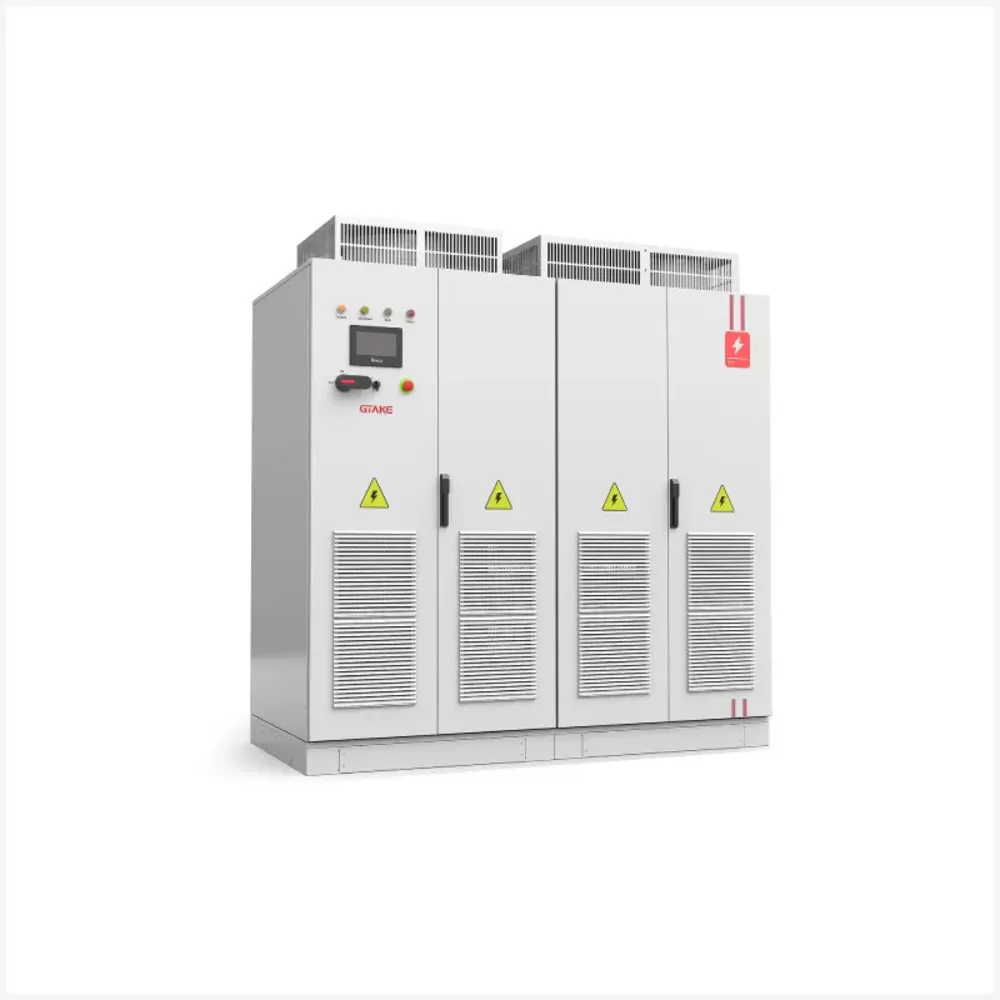In the world of ACAC motor control, achieving optimal performance requires more than just straightforward motor operation. Especially in applications requiring precision and energy efficiency, a ACAC motor must be able to operate in various modes, allowing for bidirectional motion, speed control, and efficient braking. This is where the concept of four-quadrant operation becomes crucial.
A four-quadrant drive enables a ACAC motor to perform in all four quadrants of speed and torque, giving operators full control over direction, speed, and the ability to regenerate energy during braking. This system is commonly employed in dynamic systems like electric vehicles (EVs), Centrifuge, hoists, and elevators, where smooth, regenerative braking and precise directional control are essential.
In this article, we will explore the fundamentals of the four-quadrant operation for AC motors, its key applications, and how modern technologies enhance its functionality in industrial and commercial applications.
What is Four-Quadrant Operation?
The four-quadrant operation refers to a motor’s ability to operate in four distinct quadrants, each characterized by specific combinations of torque and speed. These quadrants determine how the motor behaves in terms of direction and energy flow:
- Forward Motoring (Quadrant I):In this mode, the motor operates as a typical motor, where both speed and torque are positive. The motor consumes electrical energy and converts it into mechanical energy to drive the load in the forward direction.
- Forward Braking (Quadrant II):Here, the motor slows down while rotating in the forward direction. The torque is now negative, which means the motor works as a generator, converting mechanical energy back into electrical energy. This energy is either dissipated in a resistor or returned to the grid in regenerative braking systems.
- Reverse Motoring (Quadrant III):In this quadrant, the motor rotates in reverse, with both the speed and torque values being negative. Despite the reversal in direction, the motor continues to function as a motor, consuming energy to generate mechanical power for reverse motion.
- Reverse Braking (Quadrant IV):In the reverse braking quadrant, the motor slows down while rotating in reverse. Similar to forward braking, the motor acts as a generator, converting mechanical energy back to electrical energy. This can be used for regenerative braking, helping to recover energy during deceleration.

Significance of Four-Quadrant Operation
The primary advantage of a four-quadrant drive system is its ability to manage bidirectional motion and regenerative braking, which are critical in many industrial and transportation applications. By enabling regenerative braking, these systems reduce energy consumption and help extend battery life in electric vehicles or other mobile applications. Moreover, four-quadrant operation enhances dynamic performance, allowing motors to decelerate quickly when needed, which is particularly useful in high-precision systems.
Key Benefits:
- Bidirectional Control:The motor can rotate in both forward and reverse directions with seamless switching between motoring and braking operations.
- Energy Efficiency:Regenerative braking recovers energy during deceleration, making systems more energy-efficient and reducing the load on power supplies.
- Precision Control:Four-quadrant operation provides smoother acceleration and deceleration profiles, especially when precise control is needed for load handling.
Applications of Four-Quadrant Operation
The four-quadrant operation is indispensable in various industries where precise control over motor performance is essential. Some of the most common applications include:
1. Electric Vehicles (EVs)
Electric vehicles require full control over motor speed and direction, especially during acceleration, deceleration, and stopping. Four-quadrant drives enable EV motors to run forward, reverse, and regenerate power during braking. This regenerative braking system helps recover energy that can be stored back into the vehicle’s battery, enhancing its range and overall energy efficiency.
2. Hoisting and Elevators
Hoisting systems, such as those used in cranes, lifts, or elevators, particularly with elevator-dedicated-AC-drives, also require four-quadrant drives for smooth, efficient operation. These systems, equipped with elevator-dedicated-AC-drives, demand precise control during acceleration, deceleration, and stopping. In elevators, four-quadrant drives, in conjunction with elevator-dedicated-AC-drives, enable smooth starts and stops while ensuring comfort and safety for passengers. Additionally, regenerative braking, a feature often integrated with elevator-dedicated-AC-drives, can help save energy by feeding energy back into the grid.
Principles of Four-Quadrant Control
Modern four-quadrant drives rely on sophisticated power electronics and control algorithms to achieve efficient and precise operation. Some of the most commonly used techniques include:
Pulse Width Modulation (PWM): This method is used to control the speed and torque of the motor by adjusting the width of the voltage pulses. PWM allows the drive to operate efficiently while minimizing power losses.
Field-Oriented Control (FOC): FOC provides real-time control of motor currents to maintain the required speed and torque, ensuring that the motor operates with high efficiency and responsiveness.
Vector Control: Vector control separates the control of torque and flux to achieve high-performance control of the motor in all four quadrants, making it ideal for high-precision applications like robotics and industrial automation.
Regenerative Braking Control: This algorithm manages the flow of energy between the motor and the power supply during braking. By converting mechanical energy into electrical energy, regenerative braking systems reduce energy consumption and enhance overall system efficiency.
Conclusion
The four-quadrant operation of AC motors is a powerful feature that allows for enhanced motor control, regenerative braking, and bidirectional motion. With the ability to manage both motoring and braking in forward and reverse directions, these systems are indispensable in many industries, ranging from electric vehicles to robotics, hoisting systems, and conveyor belts.
By utilizing advanced control algorithms and power electronics, modern four-quadrant drives enable precise and energy-efficient operation, making them a cornerstone of many innovative applications. As industries continue to demand higher efficiency, greater flexibility, and more precise control, the role of four-quadrant operation will only grow, making it a critical technology for the future of motor control and automation.
